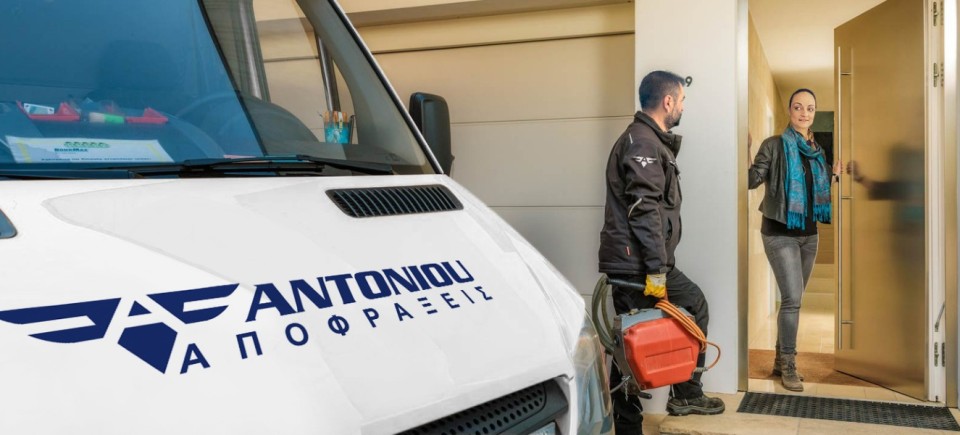
In the heart of every well-functioning home or business lies an often-overlooked component: the sewer system. While it operates silently beneath our feet, keeping our lives running smoothly, sewer issues can strike unexpectedly and disrupt daily routines. From minor clogs to major pipe collapses, understanding how to address sewer problems with comprehensive repair solutions can save you both time and money. This blog explores expert solutions for common and complex sewer issues, helping you navigate the world of sewer repair with confidence.
Understanding Sewer System Issues
Sewer systems are designed to carry wastewater away from your property to a treatment facility or septic system. However, various factors can compromise their efficiency. Common problems include:
Clogs and Blockages: Often caused by grease, hair, and foreign objects, clogs can impede wastewater flow and lead to backups
Pipe Cracks and Leaks: Aging pipes or those damaged by shifting soil can develop cracks, causing leaks and potential water damage.
Tree Root Intrusion: Roots can penetrate pipes in search of moisture, leading to blockages or pipe damage.
Corrosion: Over time, pipes, especially those made of metal, can corrode, affecting their structural integrity.
Collapsed Pipes: Severe issues like ground shifts or significant blockages can cause pipes to collapse, requiring immediate attention.
Comprehensive Sewer Repair Solutions
1. Inspection and Diagnosis
The first step in addressing sewer issues is a thorough inspection. Modern technology has revolutionized this process with tools like CCTV cameras. These cameras are inserted into the pipes to provide real-time video footage, allowing experts to pinpoint the exact location and nature of the problem. Accurate diagnosis is crucial for selecting the most effective repair method.
2. Hydro Jetting
For clogs caused by grease, mineral build-up, or debris, hydro jetting is a highly effective solution. This process involves using a high-pressure stream of water to clean and clear the inside of the pipes. Hydro jetting not only removes blockages but also helps to clean the pipe walls, reducing the risk of future clogs. It’s a non-invasive method that minimizes disruption and can restore the pipe’s flow capacity to nearly new conditions.
3. Pipe Relining
When pipes are damaged but not completely collapsed, pipe relining offers a minimally invasive repair option. This method involves inserting a flexible liner coated with a resin into the damaged pipe. Once in place, the liner is inflated and cured, forming a new, durable inner pipe. Pipe relining is a cost-effective solution that avoids the need for extensive digging and excavation, preserving your landscaping and property.
4. Trenchless Pipe Replacement
For severely damaged or collapsed pipes, trenchless pipe replacement can be a game-changer. Unlike traditional methods that require large trenches, trenchless technology uses a small access point to pull a new pipe through the old one. This method is less disruptive and faster than conventional pipe replacement, making it an attractive option for homeowners and businesses alike.
5. Traditional Pipe Repair and Replacement
In cases where trenchless methods are not feasible, traditional repair and replacement techniques are still valuable. These methods involve excavating the affected area, removing the damaged pipe sections, and installing new ones. While more disruptive, this approach allows for complete replacement and is sometimes necessary for severely compromised systems.
6. Root Removal
Tree root intrusion is a common issue that can cause significant damage to sewer pipes. Specialized tools and techniques, such as mechanical augers or chemical treatments, are used to remove roots and restore proper pipe function. In addition to removal, it’s essential to address the underlying cause of root intrusion, such as installing root barriers or selecting appropriate tree species for planting near sewer lines.
7. Preventive Maintenance
Preventive maintenance is a proactive approach to sewer system management. Regular inspections, cleanings, and maintenance can prevent minor issues from escalating into major problems. Scheduling routine checks with a professional plumber or sewer specialist can help identify and address potential issues before they disrupt your system.
Choosing the Right Sewer Repair Specialist
Selecting the right professional for sewer repair is crucial. Look for a company with:
· Experience and Expertise: A proven track record in handling a wide range of sewer issues ensures that they have the knowledge and skills to address your specific problem.
·Advanced Technology: Modern diagnostic and repair tools, like CCTV cameras and hydro jetting equipment, can improve the efficiency and effectiveness of repairs.
· Licensing and Insurance: Ensure the company is licensed and insured to protect yourself from potential liabilities and ensure quality work.
Customer Reviews: Positive testimonials and reviews can provide insight into the company’s reputation and customer satisfaction.
Conclusion
Sewer issues can be daunting, but with comprehensive repair solutions and the right expertise, they can be effectively managed. Whether dealing with minor clogs or major pipe collapses, understanding the available repair methods and choosing a qualified professional can make a significant difference. Regular maintenance and timely intervention can help you avoid costly repairs and ensure that your sewer system remains in optimal condition. Remember, a well-maintained sewer system is essential for a healthy, functioning home or business, so don’t hesitate to seek expert solutions when needed.

































